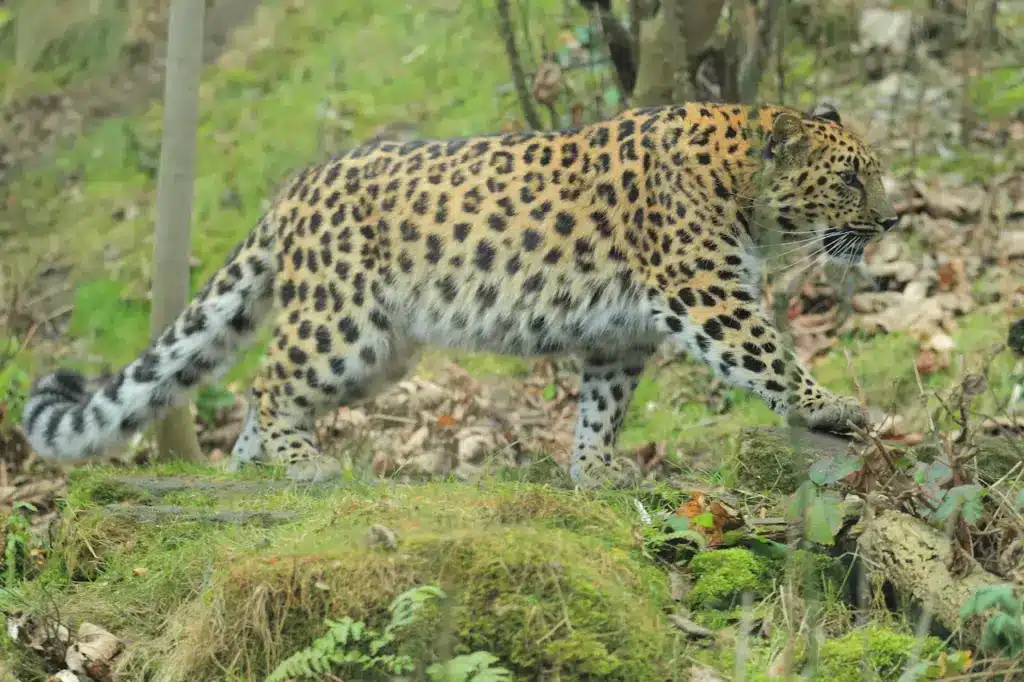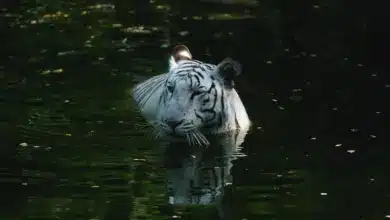The Amur leopard (Panthera pardus orientalis) is a very rare leopard subspecies that lives only in the remote and snowy northern forests of eastern Russian’s Primorye region. Its former range included Korea and northern China, but the Amur leopard is now extinct in those countries. A 2007 census counted only 14-20 adult Amur leopards and 5-6 cubs. Threats facing the species include habitat loss due to logging, road building and encroaching civilization, poaching (illegal hunting) and global climate change.
[ez-toc]

